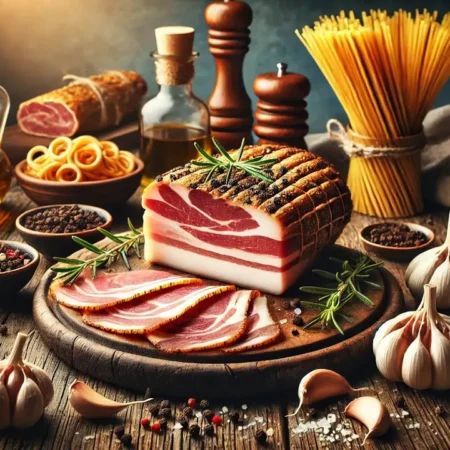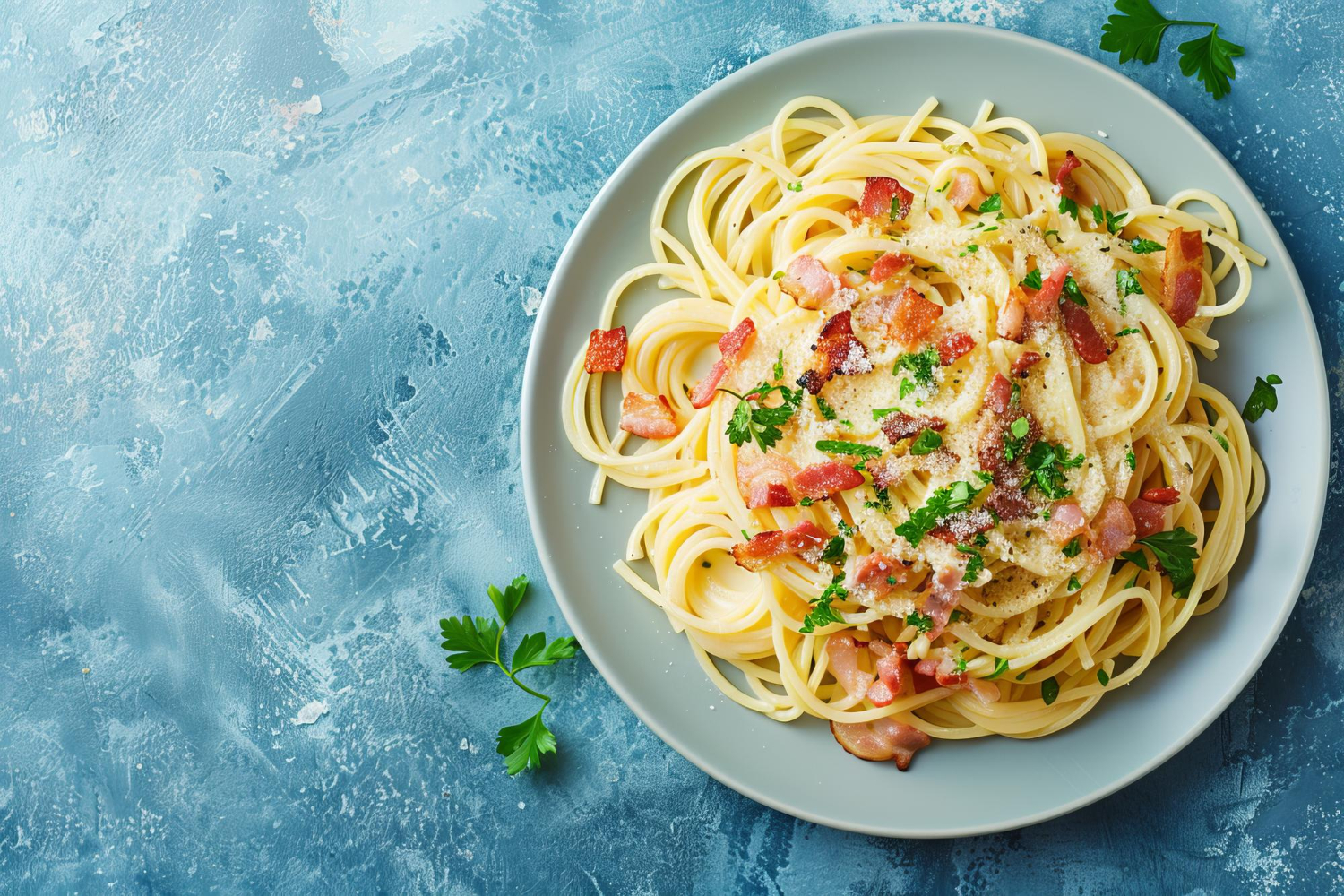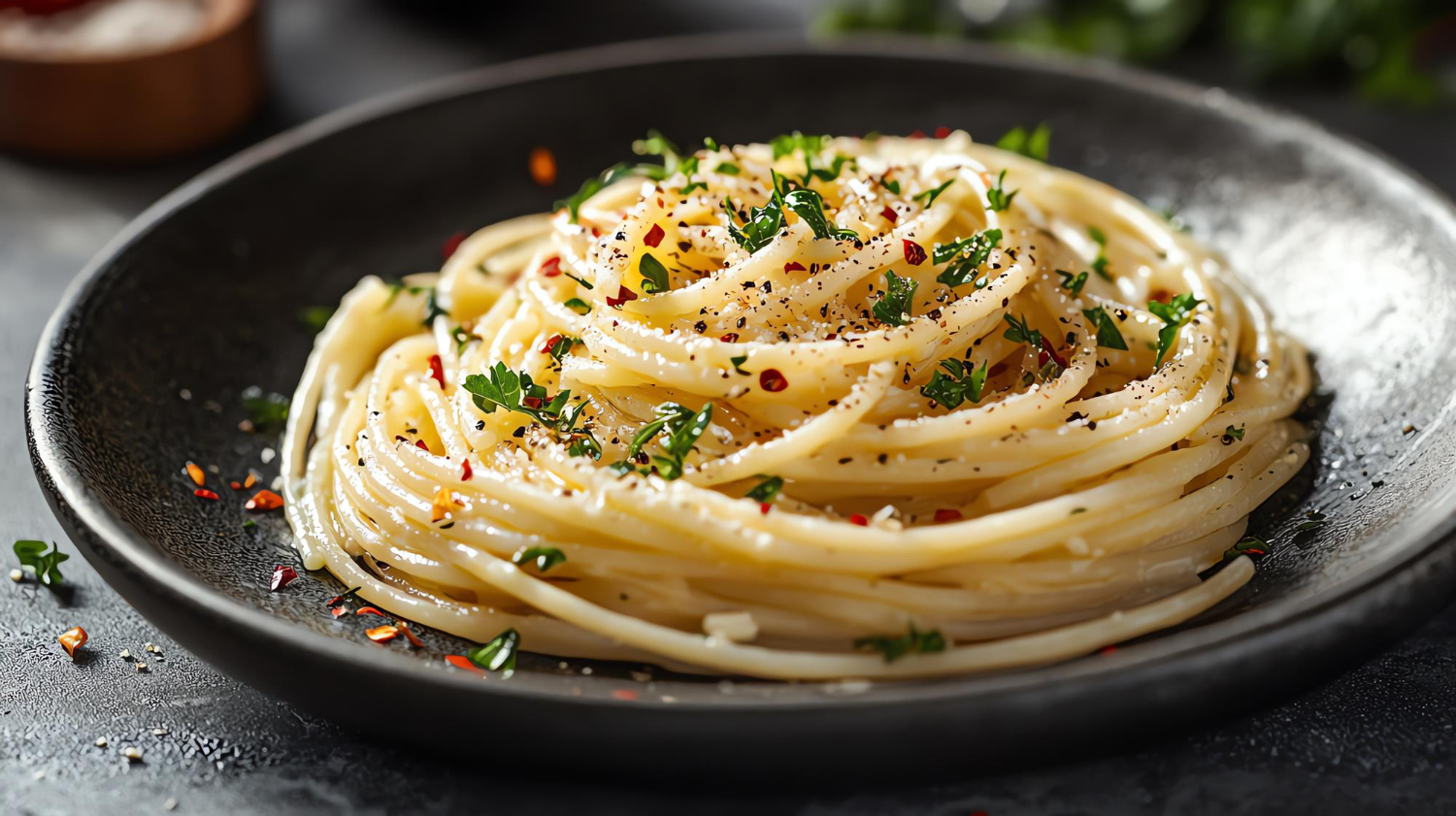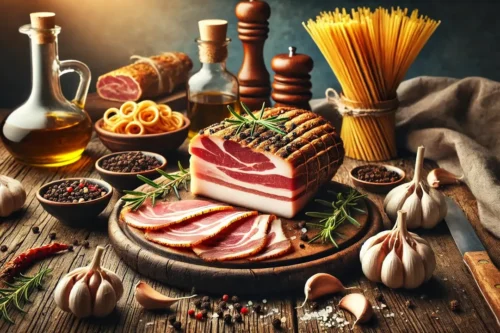Photo: Italian-cuisine.org, generated by AI
While Parmigiano Reggiano is a delicate flavor due to its production using the less salty whey, Pecorino Romano, as expected, is more aggressive due to its use of the whole milk.
Pecorino Romano and Parmigiano Reggiano are two of the most euphoric cheeses to come out of Italy. These are stalwarts of the Italian larder, known for their ability to lift almost any pasta or salad. But, while commonalities abound such as shared origin, flavor, texture, and culinary applications, these cheeses are uncommon much in respect to flavors, textures, and uses. Let us see how they differ and how best to use them.
One story, two starts
The name mostly speaks for itself, as “pecorino” in Italian designates “of a sheep,” and “Romano” signifies Rome-the ancient history of cheese reaches over two millenniums. Nowadays, its production is mainly concentrated within Lazio, Sardinia, and in certain parts of Tuscany.
Parmigiano Reggiano is frequently called the “King of Cheeses,” originating in the north of the Emilia-Romagna region of Italy. It was started around the year 900 and is primarily controlled by a consortium set up to protect its genuineness and quality. Originally, milk from the cow, the wealth of heritage of Parmigiano Reggiano is ascribed to the rich Po Valley and the cultural methods that have remained uniform over time.
There are around 100 flavor and texture differences between these two. The most noticeable difference between these two cheeses is the flavor profile and texture.
– Pecorino Romano: Considered one of the most intense flavors, Pecorino Romano is also known for being very sharp and slightly sour. Its intensity makes it perfect for dishes needing a kick, but its salty nature tends to be over-burdening. The texture is hard and friable, a characteristic of short aging (usually 5-8 months).
– Parmigiano Reggiano: nutty, sweet, and umami-rich. More complex in taste, this cheese is known for its flavor offering. The aging period of 12, 18, 24 or even 36 months creates a granular crunch followed by flavors that evolve, developing over time. The younger ं Parmigiano Reggiano is generally more tolerable compared to the mature type, which has a stronger, more concentrated flavor profile.
Pecorino Romano is better known and may be applied in traditional Roman dishes such as cacio e pepe, carbonara, or amatriciana. The strong and tangy flavor works well within creamy sauces to enhance the subtlety of these top-notch recipes. It also works well on roasted vegetables—and in hearty soups, if you want to have that triple hit of flavor.
Multi-faceted would be the right term for Parmigiano Reggiano. The taste by itself is savory, because of the umami characteristics of the ingredient, it improves the food without hijacking its flavor. It’s also often eaten alone with fruit and nuts, or drizzled with honey or vinegar from the baltic as a great side to cheese boards.
The differences of these cheeses are visible in their dietary profiles:
– Parmigiano Reggiano: Pecorino Romano is made from sheep’s milk and carries a higher fat percentage than Parmigiano Reggiano. It’s also richer in calcium and certain vitamins, such as B12. The flavor is strong, so a little will go a long way.
– Parmigiano Reggiano: Longer maturity releases lactose, more digestible even for t hose intolerant to lactose. A bit lower in fat content than Pecorino Romano but still a good source of proteins and most needed calcium.
Which cheese should you choose?
The decision between Pecorino Romano and Parmigiano Reggiano often depends on the dish and your personal taste. If you’re looking for a sharp, salty punch to enhance bold flavors, Pecorino Romano is the way to go. For a subtler, more complex addition that complements a wide range of dishes, Parmigiano Reggiano is unmatched.
Ultimately, both cheeses are treasures of Italian cuisine, each offering a unique expression of the country’s rich culinary heritage. Experiment with both to discover how they can transform your cooking and add an authentic Italian touch to your meals.
A celebration of Italian cheesemaking
Pecorino Romano and Parmigiano Reggiano are more than just ingredients; they’re a testament to Italy’s dedication to tradition, quality, and flavor. By understanding their differences and appreciating their unique qualities, you can bring the best of Italian cheesemaking into your kitchen. Whether you’re crafting a Roman classic or savoring a wedge of Parmigiano with a glass of wine, these cheeses connect us to the heart of Italian culture, one bite at a time.
Source: CelloCheese.com (link)

